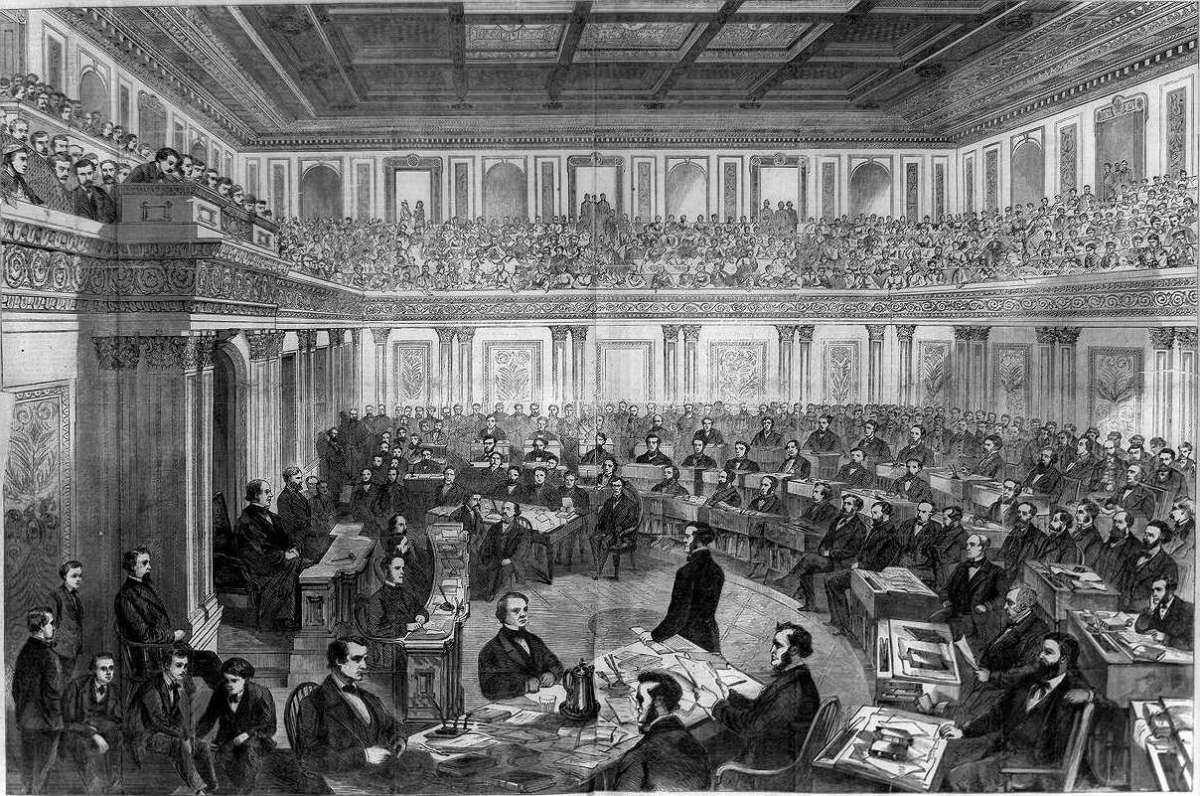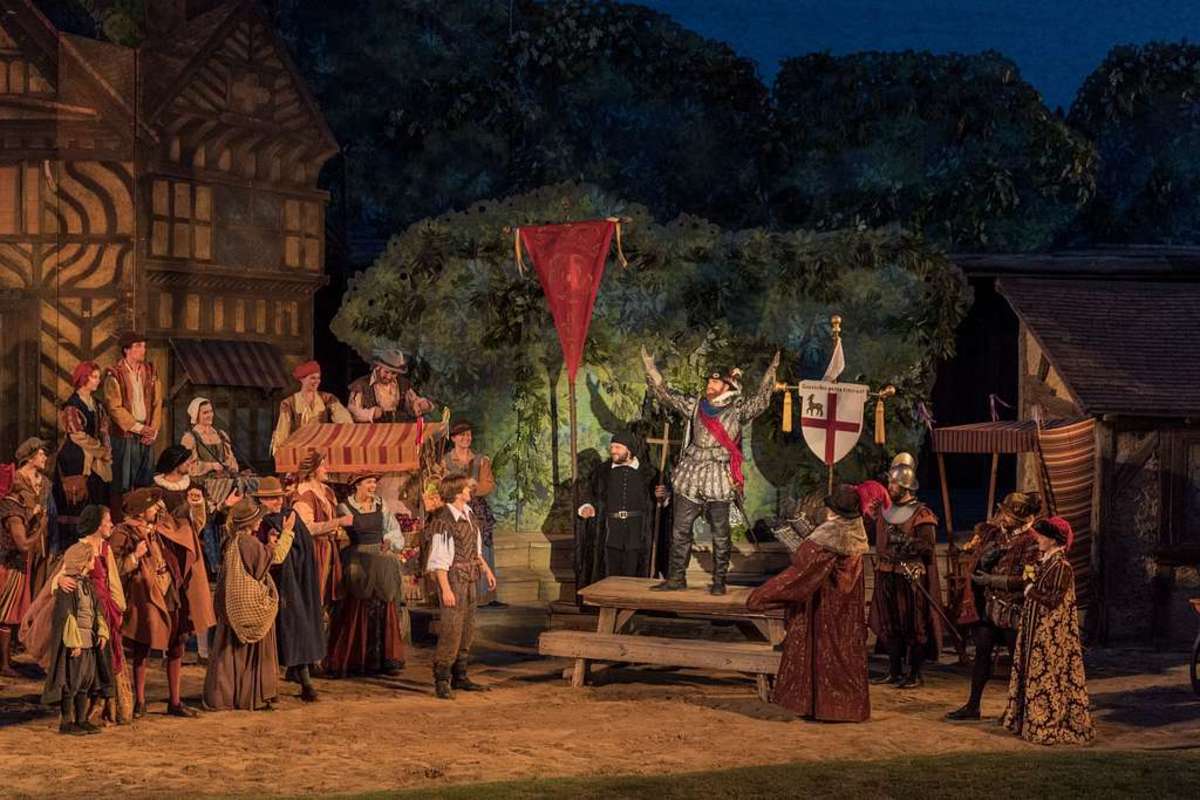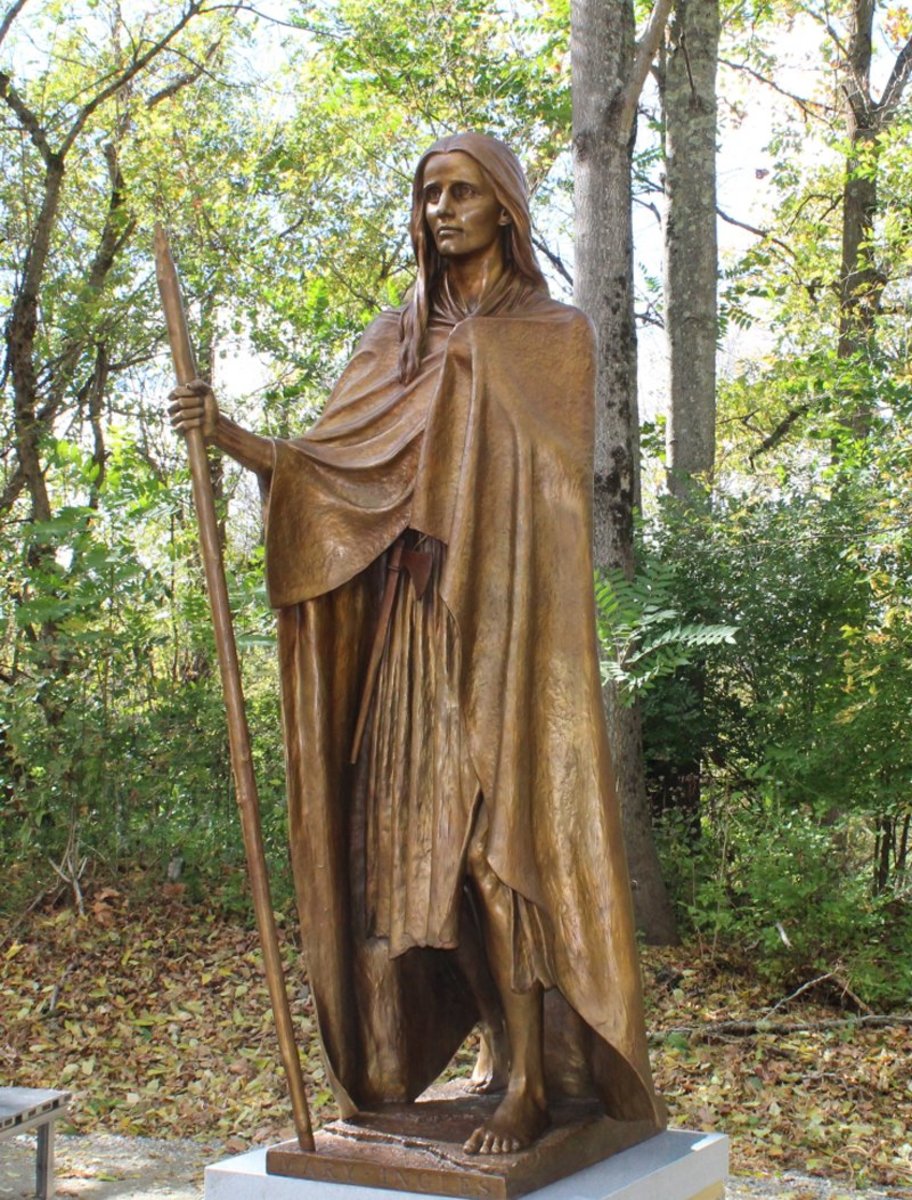- HubPages»
- Education and Science»
- History & Archaeology»
- History of the Americas
Homes of the U.S. Presidents, Part 5: Andrew Johnson & Ulysses S. Grant
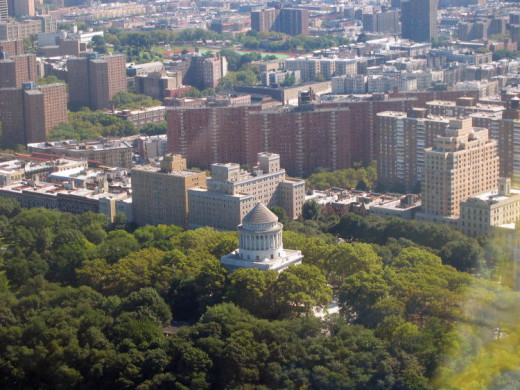
Presidential Home, Part 5
This is Part 5 of an on-going series on the birthplaces, residential homes, libraries and graves of U.S. Presidents:
Part 1: The Virginians: Washington, Jefferson, Madison, and Monroe.
Part 1.5: The Adams Family: John Adams and John Quincy Adams
Part 2: The Jacksonian Era: The homes of Presidents Jackson through Polk.
Part 3: Pre-Civil War Presidents: Homes of the obscure pre-Civil War presidents, from Taylor through Buchanan.
Part 4 is dedicated to the national historic home sites related to President Abraham Lincoln.
Part 5 offers information on the historic sites associated with Presidents Johnson and Grant:
- Andrew Johnson: Birthplace, Raleigh, NC
Early Home and The Homestead, Greeneville, TN - Ulysses S. Grant: Birthplace, Pleasant Point, Ohio
Boyhood Home, Georgetown, Ohio
Hardscrabble & White Haven, St. Louis, Missouri
President Grant's Home, Galena, Illinois
Grant's Cottage, Mt. McGregor, Wilton, NY
Grant's Tomb, New York City
Grant's Presidential Library, Mississippi State University
Most presidential residences are maintained by volunteer groups or the National Park Service. While some homes are large estates that offer an entire day's worth of home and garden tours, re-enactments, hands-on activities, and dining, others may only offer an hour or two of sightseeing but are perfect for an inexpensive side trip on the way to your final vacation destination.
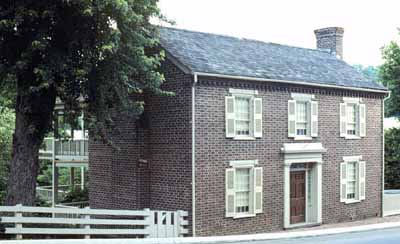
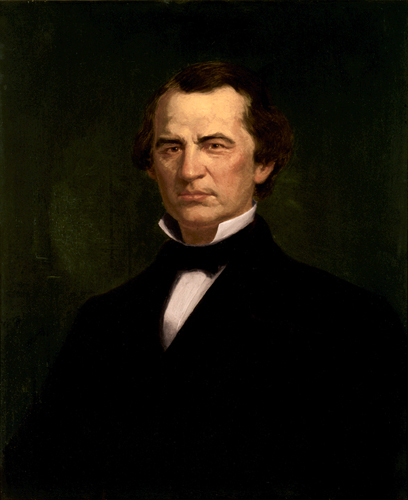
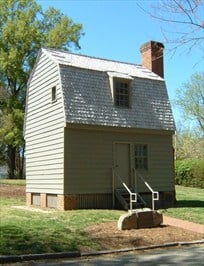
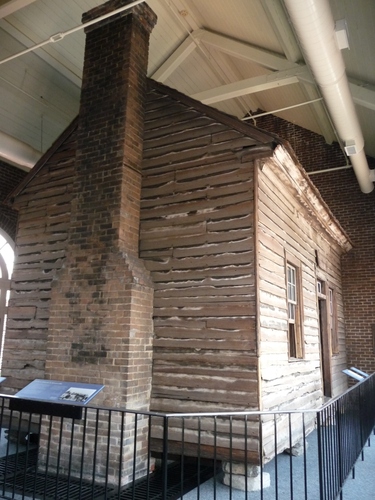
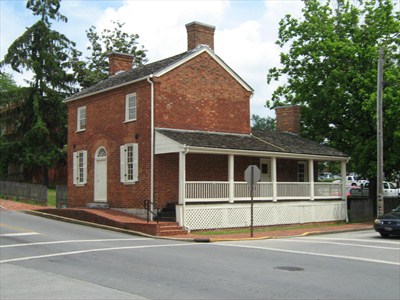
17. Andrew Johnson: Birthplace & Official Home
Andrew Johnson Birthplace
Where: Mordecai Historic Park, Raleigh, North Carolina
When: Tuesday-Saturday, 9am-4pm; Sunday, 1pm-4pm
Cost: Hour Tours: $5 adults, $3 seniors & youth
30-minute tours: $3 adults, $2 seniors & youth
Children 6 & under are free
Andrew Johnson was born on Dec. 29, 1808, in a tiny "house" that was originally behind an inn in Raleigh, North Carolina. Born to town constable Jacob Johnson and his wife Mary ("Polly") Johnson, he was only three when his father died, leaving his mother, a seamstress, destitute. She eventually was forced to apprentice her two boys out to a tailor. Both boys ran away in 1824. Johnson, his brother, his mother, and stepfather arrived in Greeneville, Tennessee, in 1826, where Andrew set up his own tailoring business. He was very skilled and continued to sew his own suits throughout his life, thus picking up the nickname "The Tennessee Tailor."
His birthplace survives and has been relocated five times. In 1975, Raleigh relocated it to its current site as part of the Mordecai Plantation community of buildings. The city restored the tiny building to its 1790 appearance and furnished it with artifacts from that era.
Tour fees grant you guided access to all of the buildings in the park, including the Mordecai Mansion, its kitchen and beautiful kitchen gardens, a law office, cure barn, church, and more. All buildings were built by slave labor, but none of the slave quarters survive.
The historic park would be a beautiful hour-long stroll if you are in the Raleigh area and offers an interesting look into bits of North Carolina plantation life.
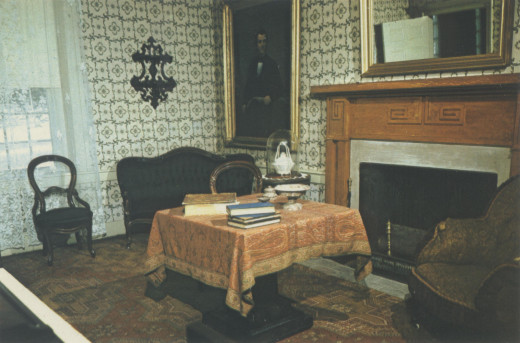
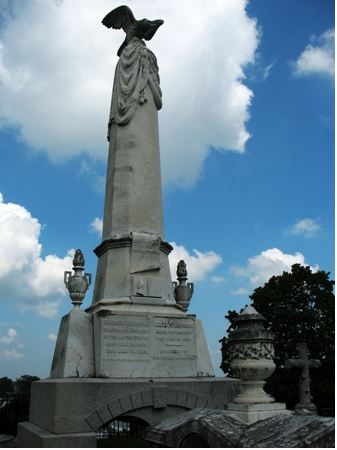
The Homestead & Johnson Gravesite, National Historic Site
Where: Greeneville, Tennessee
When: 9am-5pm, daily, except Thanksgiving, Christmas, and New Year's Day
Price: Free. Donations accepted.
Johnson is the only U.S. president who had absolutely no formal schooling--not one single day. He was barely literate and paid people to read to him while he sewed. Johnson married Eliza McArdle in 1827. Under his wife's tutelage, he learned to read, write, and do arithmetic. The couple had five children: Martha, born 1828; Charles, 1830; Mary, 1832; Robert, 1834; and, Andrew Jr., 1852. The boys all died tragically before their father of accidents, alcoholism, and illness.
As Johnson's business flourished, the tailoring shop became a gathering place for political discussion. In 1829, he was elected an alderman, and the young family bought their first home, across the street from his tailoring shop. This two-story, center-entrance brick home is located just a couple of blocks from his Homestead at the National Park and is suited to a young, growing family of the early 1800s. According to the National Park Service, the Johnsons lived in this home until 1851. The early house now features displays about his presidency, political career, and family and, as part of the National Park, is open the same hours as The Homestead. His wooden tailoring shop still exists, kept safely inside the National Park Visitor's Center.
In 1851/52, the family moved into The Homestead, which they occupied both before and after Johnson's presidency. The sturdy brick house, which stayed in the Johnson family for more than three generations, was donated to the National Park Service by the family and restored to look as it did when Johnson lived there following his presidency. Because the home was used by subsequent generations, the wallpapers are reproductions, but many of the furnishings are original to Johnson. The home tour includes 6 bedrooms, Johnson's office, the kitchen, dining room, and slave quarters, among other rooms.
From alderman to Greeneville mayor to Governor of Tennesse, Johnson's political career encompassed almost every office at the local, state, and federal level before culminating in the presidency. In fact, Johnson was the only U.S. senator to not quit his post upon secession of his state from the Union. His senate term ended in 1862, when Lincoln appointed him military governor of occupied Tennessee. During the next three years, he worked to vanquish all pro-Confederate influences in Tennessee. He seized the Bank of Tennessee, shut down rebel newspapers, and taxed wealthy secessionists, with the revenue used to support wives and children of soldiers "forced" into service by the Confederates.
During this time, The Homestead was left unoccupied and was used as a hospital and offices by both the Union and the Confederate armies. Wallpaper is peeled back to show the anti-Johnson/anti-Union graffiti that Confederate soldiers scrawled on walls throughout the house. Before her father returned home in 1868, his daughter Mary covered the graffiti with wallpaper.
As a War Democrat and pro-Union Southerner, Johnson was the Republican/National Union Party's first choice as Lincoln's running mate for the 1864 election. He was Lincoln's second vice-president, following Hannibal Hamlin.
Johnson assumed the office of president after the assassination of President Lincoln on April 15, 1865, just over a month after the 1865 Inauguration. Instead of Lincoln's guidance through the Reconstruction Era, the burden fell on Johnson, who was committed to Lincoln's formulated plan of reconstruction and leniency toward the South but was not the appropriate personality for the job. The policy was not popular with far-right Republicans, who wanted military governments and strict terms for re-admitting seceded states. Neither the National Union Party nor the radical Republicans would compromise.
Talk of impeachment began when Johnson violated the new Tenure of Office Act upon he firing Edwin Stanton as Secretary of War. The Act, which stated that a president could not dismiss appointed officials without the consent of Congress, was passed when Congress over-rode Johnson's veto (Johnson is known to have vetoed more bills than any other U.S. President). Johnson believed the Act to be unconstitutional.
The House voted for impeachment, and the Senate tried the case in a trial that lasted from March to May of 1868. He was not convicted and served out the remainder of his term. In 1926 the Supreme Court did, in fact, rule the Tenure of Office Act unconstitutional. Johnson returned to the U.S. Senate in 1875, the only president to ever do so (John Quincy Adams returned to the House after his presidency). He did not serve very long, dying of a stroke in July 1875. He is buried at the Andrew Johnson National Cemetery, which is part of the Homestead historic site.
Greeneville and Greene County are also home to the Davy Crockett Birthplace and State Park. Located NW of Asheville, NC, Greeneville offers a selection of hotels and makes a wonderful side trip for people on their way to or from the North or South Carolina coast.

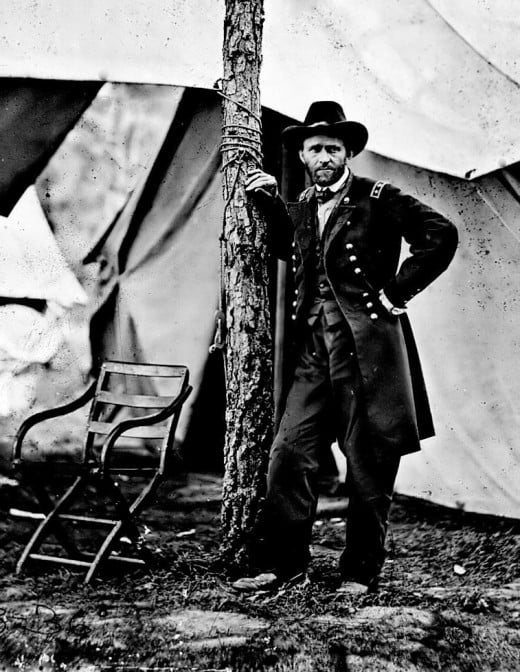
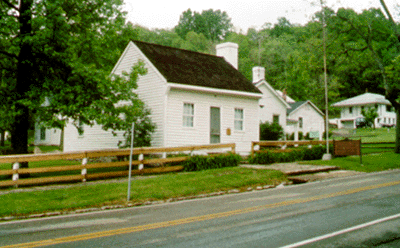
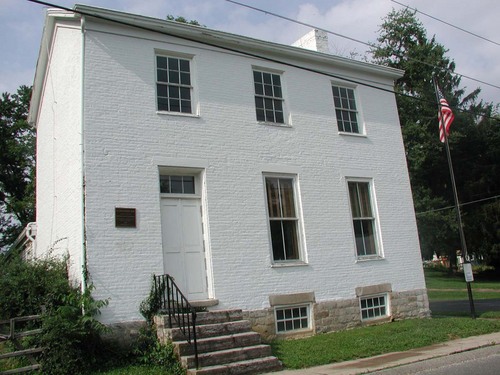
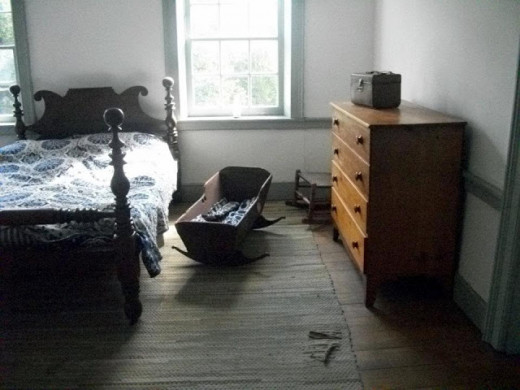
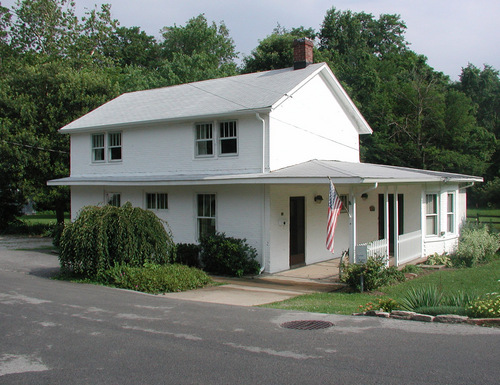
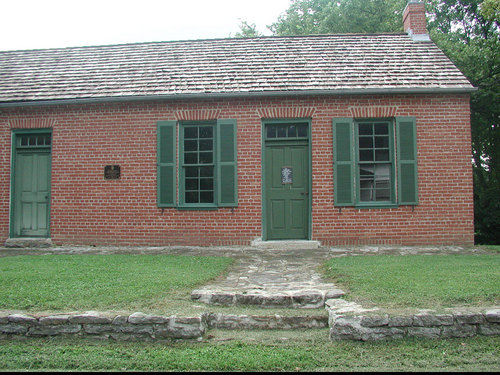
18. Ulysses S. Grant
As both a military man and a civilian, Ulysses S. Grant moved frequently. During the course of his civilian life, he lived in Ohio, Missouri, Illinois, Pennsylvania, and New York, sometimes in multiple cities. This article covers only those sites still standing.
Grant's Birthplace
Where: Point Pleasant (Moscow), Ohio
When: Wed-Sat., April 1-Oct. 30, 9:30am-5pm (closed noon-1:00); Sun, 1-5pm
Cost: Adults, $3; Seniors, $2; Children 6-12: $1.50; 5 & under, free
Grant's Boyhood Home
Where: 219 E. Grant, Georgetown, Ohio
When: Memorial Day-Labor Day, Wed-Sun., Noon-5pm
Sept-Oct, Sat. & Sun, Noon-5pm
Cost: Adults, $3; Children 6-12, $1
Hiram Ulysses Grant was born April 27, 1822, in Point Pleasant, Ohio, near the Ohio River and SE of Cincinnati. Ulysses S. Grant was a Westpoint typo that stuck, resulting in the nicknames "Uncle Sam" and "Sam," which his Westpoint friends used throughout his life.
Grant's birthplace, a little white clapboard house, was displayed at the 1890 Chicago World's Fair and then re-located to its original site, where it was restored and furnished with period pieces from the 1820s. Grant's father, Jesse, was a tanner, and his shop still stands next to Grant's birthplace.
The Ohio Historical Society manages Grant's birthplace, his childhood home, and his school, located in Georgetown, Ohio. The family moved to Georgetown when Grant was one year old. He spent his childhood there with his parents and four siblings, not moving again until he left for West Point in 1839. This would be the longest he lived in any one place.
Jesse and Hanna Grant built the original 2-story brick home in 1823, when they moved to Georgetown, adding a kitchen the following year and a 2-story addition to the front after another five years. His father built the tannery in 1823. Ulysses disliked tanning and spent his youth cutting and carrying logs for his father's business rather than participate in the tanning process. He was educated at the public school that is now part of the Grant Boyhood Home site. Admission fees include the little brick school that features one of the original wood benches used when Grant was a student.
The family home was rescued from demolition in 1977 by a Georgetown couple, who started the restoration process. The site has been open to the public since 1982 but is currently under a new archaeological renovation, with research and renovation focusing on the original paint and woodwork. The current study has shown that most of the woodwork, doors, and walls are original to the 1823 and 1829 constructions. In 2002, the property's owners donated the site to the State of Ohio.
Georgetown to Grant's birthplace is a scenic 40-minute drive.
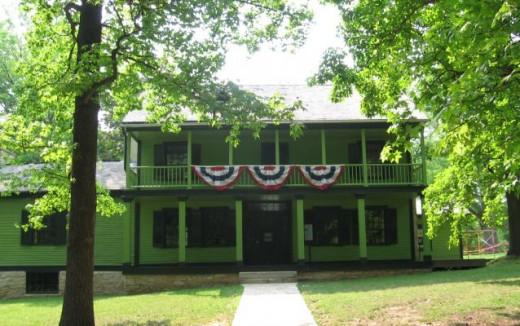
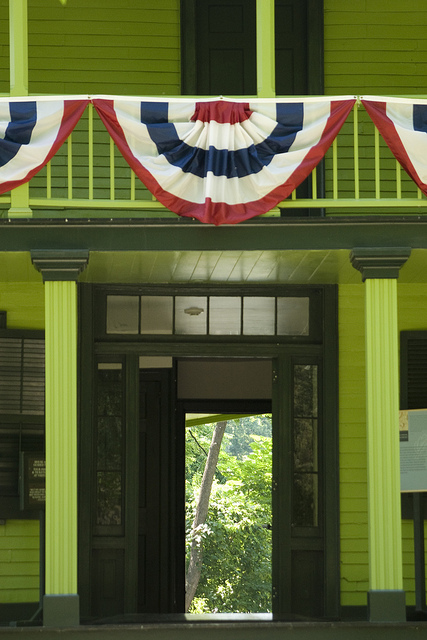
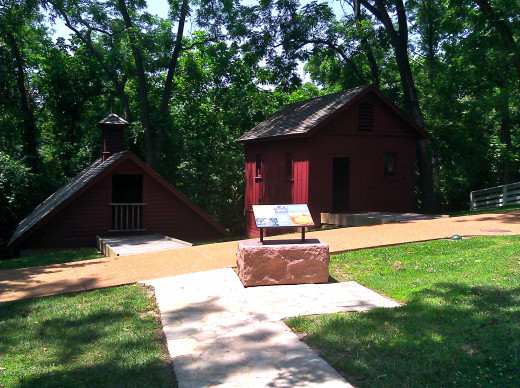
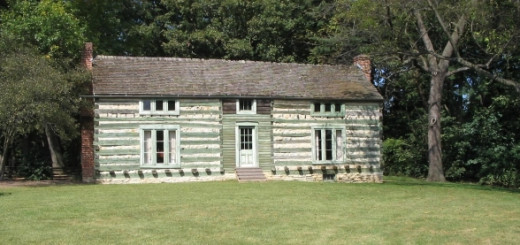
White Haven
Where: St. Louis, MO
When: 9am-5pm, Daily. Closed Thanksgiving Day, Christmas Day, and New Year's Day.
Cost: Free
Hardscrabble at Grant's Farm
Where: St. Louis, MO
When: Apr. 1-Nov 4. Call (314) 843-1700 for hours.
Cost: Free admittance; Parking, $12/car
Grant graduated from West Point in 1843 and was stationed in St. Louis. In Feb. 1844, Grant visited Wet Point roommate Fred Dent's family at their St. Louis estate, White Haven. There, he met and fell in love with Fred's sister Julia. They married in August 1848, after Grant's service in the Mexican-American War, after which he was stationed in Michigan and New York.
Initially, Julia traveled with her husband, although she returned to White Haven for the birth of their first child, Fred, in 1850. In 1852, Grant was sent West by the Army. Julia, pregnant with their second child, could not accompany him. Instead, she visited Grant's parents in Ohio, where she gave birth to Ulysses, Jr. She and the children then lived with her parents at White Haven until Grant, unable to afford to send for his family, resigned his commission and returned to St. Louis in 1854.
Grant was a brilliant soldier, but he was a failure in every attempt he made at civilian business and commerce.
Upon returning to White Haven, Julia's father put Grant to work farming his property, side by side with Dent's slaves. White Haven consisted of 1,000 acres, of which 10 acres were dedicated to the household. The original "Long House" portion of the home was built by William Long in 1816. In 1820, St. Louis attorney Dent purchased the house from the Hunt family and renamed it "White Haven" after his family's home in Maryland. As purchased, the home now had two stories and featured wide covered porches to help residents handle the suffocating St. Louis summer heat. By 1840, Dent had added the west wing and back porch. After the Civil War, the Grants added the east wing, a winter kitchen, and a mudroom.
While the Grants lived at White Haven, the home was painted a popular color of green, which it remains. The Grants planned to retire to White Haven. However, following his presidency, Ulysses and his son Ulysses Jr. formed a New York brokerage firm with a man named Ferdinand Ward. Ward turned out to be no more than what today would be called a Ponzi scheme artist. The firm went bankrupt, and the Grants were mired in debt. White Haven was lost as payment for personal debt to William Henry Vanderbilt in 1884. Vanderbilt tried to return the property to the Grants, but Ulysses insisted on paying his debt in full.
In 1913, the Wenzlick family purchased the 15-acres of the White Haven property surrounding the home. In the 1980s, the family placed the property on the market, and it was suddenly in danger of becoming a housing development. In 1986, St. Louis County came to the rescue, bought the property, and achieved National Historic Landmark status in 1989. In 1990, the county turned the property over to the National Park Service, which has restored the home and out buildings.
Today visitors can tour the home and other original structures: a stone summer kitchen, chicken house, ice house, and stable. The National Park Service manages the property and offers an introductory film at its Visitors Center. The stable is now home to both period pieces from nineteenth-century farming as well as an interpretive museum that focuses on the Ulysses and Julia Grant's personal lives, his historic legacy, and their family relationships.
Two children were born to the Grants at White Haven: Ellen, 1855; and Jesse, 1858. During this time, Grant also built a home, which he dubbed Hardscrabble, on the land Julia's father gave them as a wedding present.
Grant sawed and notched the logs. With the help of friends, he constructed the 4-room, 2-story log cabin in 3 days. The family only lived in the 2-story log cabin for a few months, from September 1856 to January 1857. Julia's mother passed away, and the Grant family moved back into White Haven to help run the house and farms and help raise Julia's younger sisters.
Today, Hardscrabble is located about 1 mile from its original site, having been bought by August Busch, Sr., in 1907. In 1977, Anheuser-Busch restored the cabin. It is now part of the Anheuser-Busch "Grant's Farm" complex, which is the 281-acre "ancestral home" of the Busch family, a portion of which were acres originally owned by Dent and Grant.
In addition to viewing Hardscrabble, a day at "Grant's Farm" includes such family-friendly activities as:
- The Clydesdale Stables: About 25 mares, stallions, foals, and geldings live at the Grant Farm stables. Visitors can have their photos taken with one of these beautiful horses--probably the highlight of a visit to Grant's Farm.
- Deer Park: Home to bison, antelope, buffalo, zebra, Asian red deer, and other exotic animals that roam freely. Visitors view the animals from tram rides.
- Tier Garten: The Tier Garten is an amphitheater that features animal education shows, such as Elephant Education and Animal Encounters.
- The Bauernhof: This was the first building constructed on the Busch land, in 1913. It features an open-air Brat Haus.
More information on Grant's Farm can be found at GrantsFarm.com.

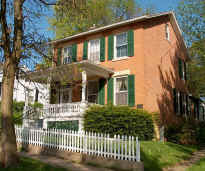
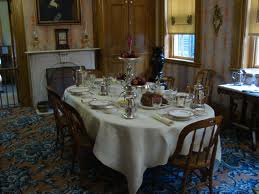
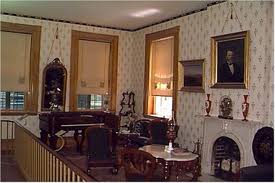
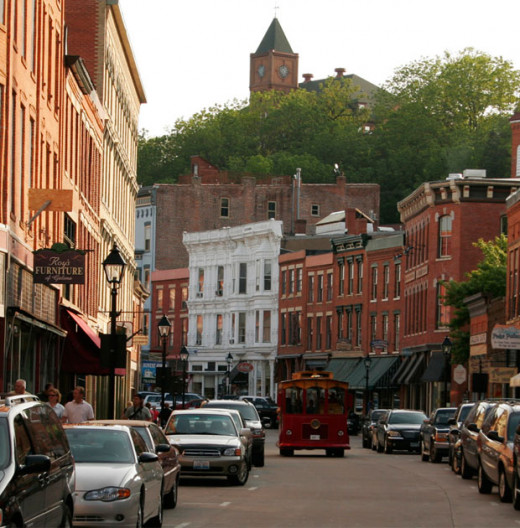
Grant's Galena, Illinois, Home
Where: Galena, IL
When: Wed.-Sun., 9am-4:45pm. Closed Martin Luther King Day, President's Day, Veterans' Day, General Election Day, Thanksgiving Day, Christmas Day, and New Year's Day
Cost: $5 adults, $3 children
After resigning from the Army in 1854, Grant initially deliberated working in his father's tannery business, which had been moved to the small Mississippi River town of Galena, Illinois. However, his father insisted that Julia and the children remain in the new Covington, KY, family home, so Grant opted for life at White Haven.
However, the agricultural industry suffered greatly with the 1858 depression, and despite their hardwork, the Grants found themselves struggling. Eventually, in 1860, Grant appealed to his father for help. His father allowed him to re-enter the family tanning business, and Julia and Ulysses packed up the family and settled into a small, brick, Federal-style rental house in Galena.
Galena and St. Louis both vie for "official Grant Home status." While White Haven is where Grant's young family grew, Galena is where his military career was re-ignited after a 7-year hiatus and, tellingly, where he returned following the Civil War. Many of his Galena friends would follow Grant into battle. In 1861, Grant set out for Missouri as commander of the 21st Illinois Regiment. The North considered the maintenance of Missouri as a free state critical to the Union's cause, and Grant was its defender. In July 1861, President Lincoln submitted Grant's name to Congress for promotion to brigadier general.
Fast forward through the Civil War years. . .
In August of 1865, Galena's residents welcomed Grant's return. Following a joyous procession and many speeches, a group of Galena citizens presented the Grants with a handsome, fully furnished brick house on Bouthillier Street. Located atop a hill, with sweeping views of Galena, the stately Italianate home was built in 1860. Designed by William Dennison for a city clerk, local Republicans purchased the home in April 1865 for Grant.
Following his presidential election in 1868, Grant and his wife were only able to visit occasionally. Unlike White Haven, they did not lose the Galena house to creditors but returned occasionally, with Grant's last visit to Galena occurring in 1880. In 1873, Grant commented:
"Although it is probable I will never live much time among you, but in the future be only a visitor as I am at present . . . I hope to retain my residence here . . . I expect to cast my vote here always." 1
The local newspaper reported that the house was maintained by caretakers in anticipation of the Grant's visits, "in excellent order and ready for occupation at any time." The article mentioned that "visitors are always admitted."
In 1904, Grant's children gave the house to the city of Galena, which found the maintenance costly. Galena deeded the house to the State of Illinois in 1931. Beginning in 1955, a thorough restoration of the home was initiated. Much detailed research was done to return the home to its 1868 appearance, aided in part by an article on the home that appeared in the Nov. 14, 1868, issue of Frank Leslie's Illustrated Newspaper. The house now is managed by the Illinois Historic Preservation Agency as the U.S. Grant Home State Historic Site.
Lincoln and Grant supporter Elihu Washburne was also from Galena. Grant's former secretary of state and U.S. Ambassador to France's home is also open to visitors and located just a short distance from the Grant home.
The Galena Grant house tour is short. Despite the brief Grant residency, the home is filled with original Grant furniture, artwork he and his wife shipped back from Europe during his "world tour," and Grant White House furnishings.
The home should be a destination for any Civil War enthusiast as well as adults spending a weekend in Galena, which is a favorite get-away destination for Chicagoans. Galena's main street is filled with historic charm, from boutiques, restaurants, and wineries to historic hotels and bed & breakfasts.
1 www.thegranthome.com
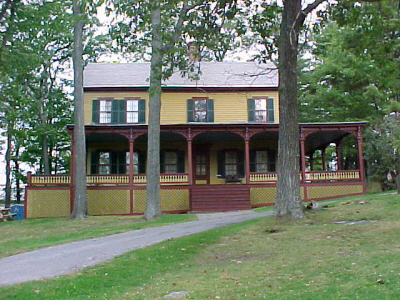
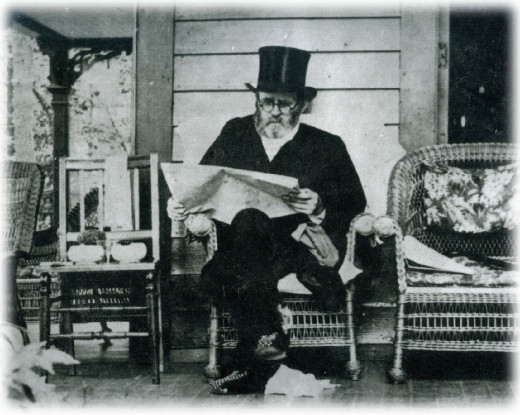
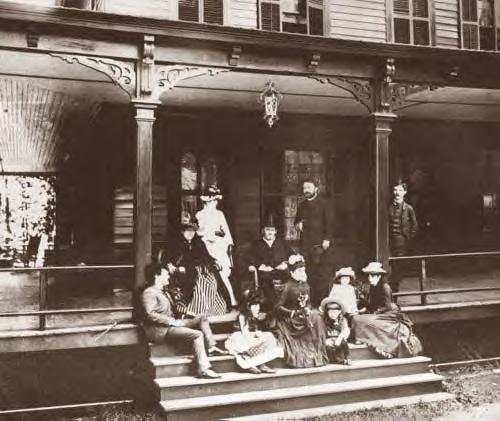
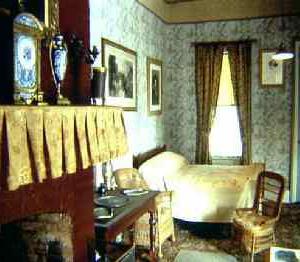
Grant's New York Cottage
Where: Gansevoort/Wilton, NY
When: Memorial Day-Labor Day, Wed-Sun, 10am-4pm; Labor Day-Columbus Day, Sat & Sun. only, 10am-4pm
Cost: Adults, $ 5; Students 6-18 & Seniors: $4; under 6: free
After Grant's two terms in office, he and his wife took a two-year world tour. No matter how imperfect, the U.S. had survived Reconstruction and was flourishing. Grant was greeted as a hero and symbol of American democracy in each country he and Julia visited. It was upon their return that the Grants suffered the financial disaster brought on by Ward's actions.
To generate income, Grant accepted an offer from Century Magazine to write a series of articles on his Civil War experience. Happily discovering that he liked writing, Grant decided to write his memoirs, becoming the first former president ever to do so. He accepted a publishing offer from Mark Twain, through Twain's publishing house and proceeded what became a race against time and cancer to finish the book.
Grant began his memoirs in New York City, but as his throat cancer progressed, his doctors urged him to leave the heat and of the city. Joseph Drexel offered his Mt. McGregor cottage to Grant, who spent the final months of his life in the summer of 1885 on the wooded property, where he wrote the remainder of his memoirs, completing them just days before his death.
The Mt. McGregor cottage was relatively new, built as part of the Mt. McGregor Hotel complex in 1878. By the time the Grants arrived, the Hotel Balmoral had been built, opening in 1884 and featuring accommodations for 300. Drexel had purchased the Mountain House cottage from the McGregor/Balmoral property. His invitation may not have been as generous as it appeared, as historians believed that his firm, Drexel Morgan and Company, owner of the Hotel Balmoral, understood that if Grant were to die at the cottage that it would become a profitable shrine, bringing more visitors to the hotel.
However, the Grants were happy for the offer of the 11-room cottage with beautiful views of the Hudson River Valley and convenient amenities from the nearby resort. They arrived in June on William Henry Vanderbilt's private train car, the same Vanderbilt who tried to give back White Haven to the Grants.
Poor General Grant became a tourist attraction during the summer of 1885. Wrapped in blankets and reading or writing on the front porch, he would occasionally look up and wave to tourists walking pass and staring at their dying general.
The cottage became a tourist attraction--and shrine--as predicted on the very day of General Grant's death, July 23, 1885. But the opportunistic hotel owners were in for a surprise. Tourists were so respectful of Grant's last home that they "walked around on tiptoes" and killed the atmosphere of the Hotel Balmoral. The cottage was deeded to the Grand Army of the Republic and is now owned by the State of New York and run by the Friends of the Ulysses S. Grant Cottage.
After Grant's death, no items were ever removed from the cottage, so visitors have the luxury of seeing the exact furnishings and decor that Grant and his family lived among during his last weeks.

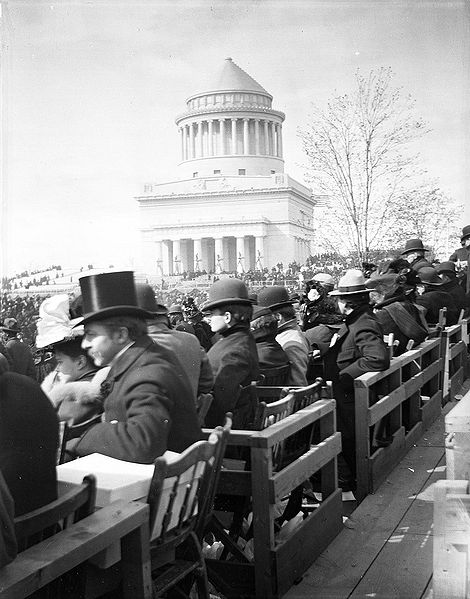
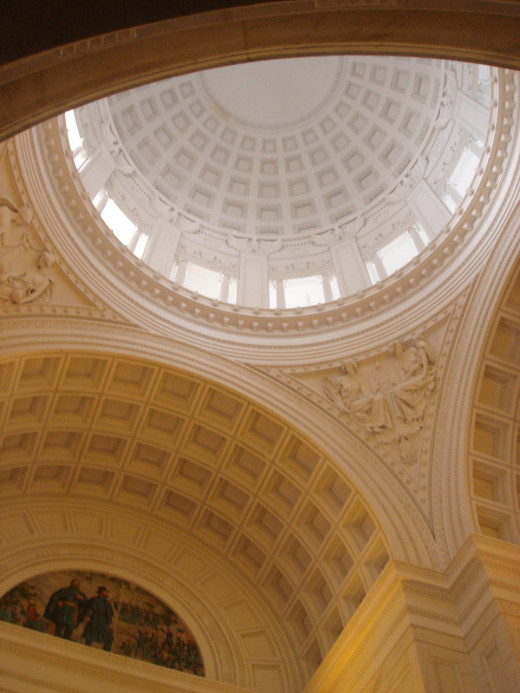
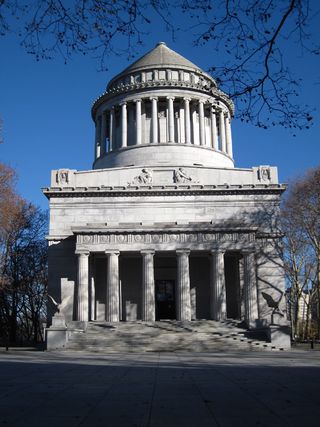
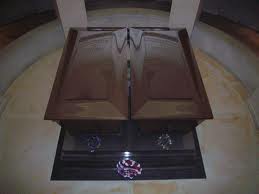
Grant's Tomb & Presidential Library
Grant's Tomb
Where: 122nd & Riverside, New York City
When: Visitor Center: Thurs-Mon, 9am-5pm; Mausoleum: Thurs-Mon on the following schedule:10am-11am, Noon-1pm, 2-3pm, 4-5pm
Cost: Free
Grant's Presidential Library
Where: Mitchell Memorial Library, Mississippi State University,
When: By appointment, see www.usgrantlibrary.org/
planyourvisit/appointments.asp
Groucho Marx made "Who's buried in Grant's Tomb?" from his You Bet Your Life show a famous joke--because no one is buried in Grant's tomb. Grant and his wife are entombed (i.e., resting in peace in a vault above ground, not buried ). But yes, Grant is in Grant's tomb. And his tomb is the largest in North America.
Located at 122nd Street and Riverside in Manhattan, the mausoleum was designed by John Duncan to reflect Grant's military life. The tomb was dedicated on Grant's birthday, April 27, 1897, nearly 12 years after the President died.
The National Park Service was taken to task in the 1990s for allowing the monument and mausoleum to deteriorate. In 1994, then-Illinois State Rep. Judy Baar Topinka stated that if the monument/tomb wasn't restored and maintained, then Illinois would demand it be moved to Grant's adopted home state. Senator Topinka said, "He would be better off anywhere than New York, but my argument is not with New York; it's with the National Park Service." The U.S. House of Representatives also introduced legislation to "restore, complete, and preserve in perpetuity the Grant's Tomb National Memorial and surrounding areas." It required that the restoration be completed by April 27, 1997. On April 27, 1997, the restoration effort sanctioned by Congress was completed and the tomb rededicated.
Grant's Presidential Library:
The Collection housed at Mississippi State is the largest single collection of Grant papers and additional items in the world and is owned by the Ulysses S. Grant Association. Since the original Grant papers and other materials are scattered among various repositories and private collectors around the country, the late Grant scholar and editor of The Grant Project John Y. Simon collected photocopies of all the originals he could locate. Additionally, some original sources were donated to the Collection. The contents of this massive collection is open to researchers and students. A guide to them has been started on the Grant Association website.

